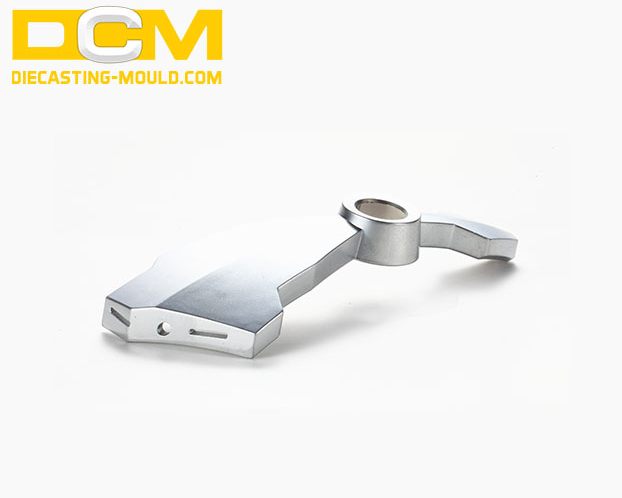Correct selection of die casting forming conditions is the key to die test and adjustment. How to use the die casting mold properly during the casting process? Let’s get into a guide for applying die casting mold.
How to Use Die Casting Mold - Tips and Guide for Applying Die Casting Mold
Characteristics of Die Casting Mold
In the production of die castings, the forming conditions of mold components are abysmal. They undergo repeated mechanical abrasion, chemical erosion, and thermal fatigue.
1. Liquid metal enters the mold cavity under high pressure and high velocity, resulting in intense friction and impact on the surface of the mold cavity, which causes erosion and wear.
2. During pouring, molten metal is inevitably brought in. The chemical effects of molten slag on the surface of formed parts are complex. Similar to wedges, aluminum and iron compounds accelerate the formation and development of cracks in die casting molds.
3. The primary cause of cracks on the surface of die-formed parts is thermal stress. In addition to the high-speed and high-pressure scouring of liquid metal during the production of each die casting, the surface of the formed part also absorbs the heat released by the metal during the solidification process, resulting in heat exchange. In addition, due to the heat conduction of die materials, the temperature of the formed part’s surface layer rises sharply, resulting in a large temperature difference between the surface and the interior, which causes internal stress.
Temperature of Molten Metal
During the production of die-casting die, in order to better fill all concave holes and depths of die-casting die and ensure the mutual integration of metal flow, the pouring temperature of metal should be correctly selected when using the die-casting die. The pouring temperature of alloy die casting liquid is as follows:
– Zinc alloy: 420-500 ℃
– Aluminum alloy: 620-690 ℃
– Magnesium alloy: 700-740 ℃
Selection principle of die casting alloy temperature:
1. The lower the pouring metal temperature, the longer the service life of the die casting die;
2. Low temperature die casting can reduce the increase of the depth of the exhaust slot and the risk of liquid metal splashing;
3. Low temperature die casting can reduce the chance of tight engagement between the pressure chamber and the ejector rod;
In short, when the process conditions permit, the temperature of the die-casting alloy is better to choose low-temperature die-casting.
Working Temperature of the Mold
The working temperature of die-casting die varies according to its die-casting alloy. The following are the recommended values of several alloys dies for selection:
– Zinc alloy mold: 150-180 ℃;
– Aluminum alloy mold: 180-225 ℃;
– Magnesium alloy mold: 200-250 ℃;
Selection principle of working temperature of die casting die:
1. The mold temperature is too low, the internal structure of the casting is loose, the air is difficult to discharge, and it is difficult to form;
2. If the mold temperature is too high, the internal structure of the casting is dense, but the casting is easy to “weld” into the mold cavity, and stick to the mold, and it is not easy to unload the casting. At the same time, too high a temperature will expand the mold itself and affect the dimensional accuracy of the casting;
3. The mold temperature should be selected in an appropriate range. Generally, after the test is appropriate, it is better to control the constant temperature.
Lubrication of Die Casting Mold
Lubrication is used as a parting agent for die casting die and die casting, which is convenient for a die casting die unloading; As the lubricant of the moving part of the die-casting die and press, it can reduce friction and improve the service life of the die-casting die; In addition, it can also be used as the coolant of die casting die.
For the selection of lubricants, the following requirements shall be met
– The die castings cannot adhere to the cavity
– The steel material on the mold surface shall not be corroded
– No toxic gas can be produced
Notes when using lubricant:
1. Lubricant can be used on the surface of the cavity and movable part;
2. The amount of lubricant sprayed each time should be less and uniform. After spraying, it is best to form a layer of film on the profile.


